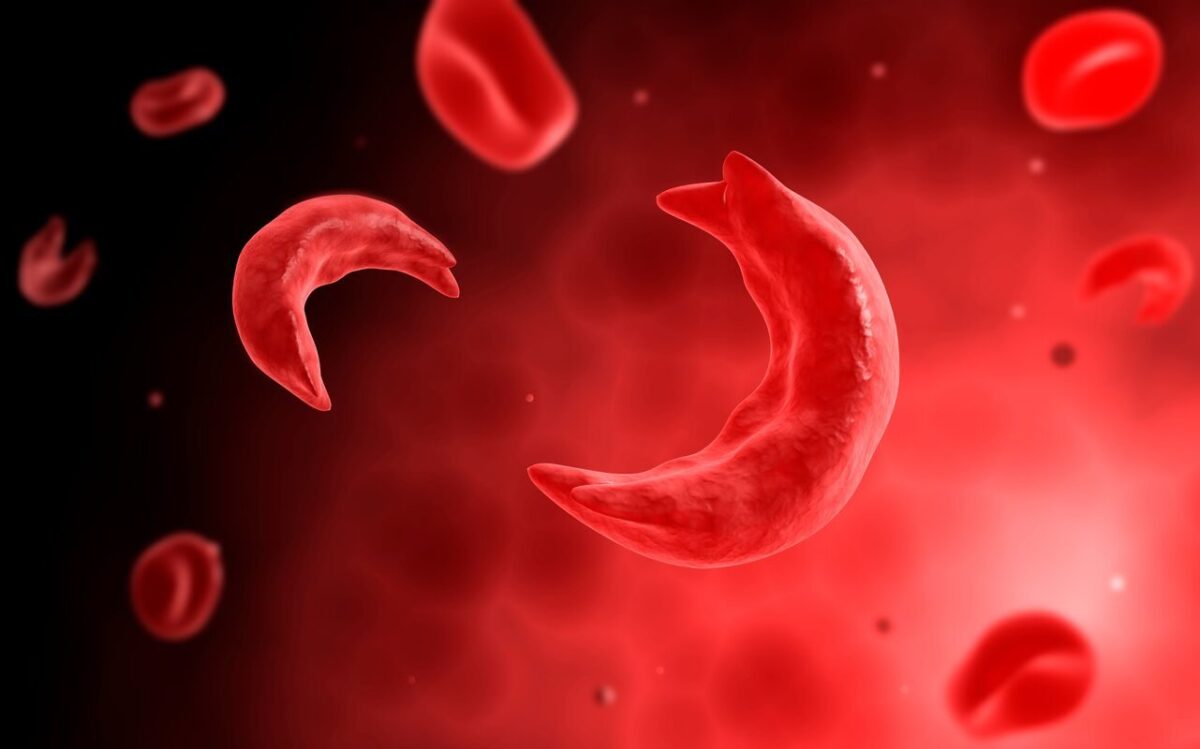Use of Ketamine in Ameliorating Opioid Withdrawal Symptoms During an Induction Phase of Buprenorphine

Abstract:
Ketamine can be used in the treatment of opioid withdrawal symptoms. Here are two case discussions of treatment of withdrawal symptoms in opioid dependent patients undergoing detoxification. Our case reports endorse the hypothesis that N-methyl D-aspartate (NMDA) antagonists may selectively inhibit the expression of opiate withdrawal. The use of intravenous ketamine can be considered as a bridge to successful initiation of buprenorphine to wean the patient off from high opioid doses while providing adequate analgesia during the transition period.




Responses